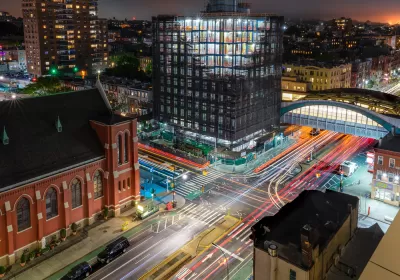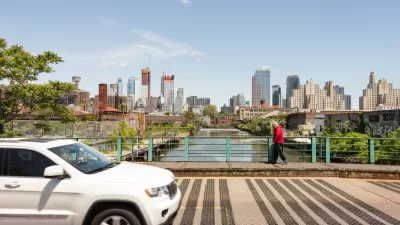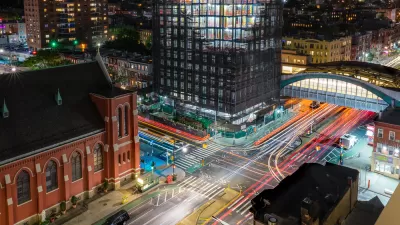Virtual reality meetings are a poor substitute for the normal public engagement process included in the city of New York's Uniform Land Use Review Procedure, according ton opinion piece recently published by City Limits.

Jo Anne Simon, a New York State Assembly representative and a Democrat representing the 52nd District, and Bradley Vogel, a Gowanus resident, pen an opinion piece for City Limits calling for the city of New York to continue to delay the ongoing effort to rezone the neighborhood of Gowanus in Brooklyn.
The articles argument rests of the question of whether the public engagement process possible during a pandemic is commensurate with the city's previous rezoning processes.
"The current limitations to large in-person gatherings and public engagement due to the pandemic substantially undermine the key process by which the public holds power accountable during land-use reviews," according to Simon and Vogel.
The city already paused the Uniform Land Use Review Procedure (ULURP) in for the rezoning, but is planning on restarting the process in September, with preliminary presentations in August, according to the article. The duo suggests that the city's desire to restart the ULURP responds to pressures from developers (i.e., "those who would benefit directly," according to the article). Other advocates have pushed to restart the ULURP because Gowanus is the most wealthy neighborhood to undertake a ULURP since Mayor Bill de Blasio took office.
"We understand proponents’ eagerness, but it is critical for the public to have a fair chance to weigh in meaningfully in a standardized manner on changes that will dramatically affect their lives, health, property, livelihoods, and neighborhoods. That’s essential. In fact, that was the entire reason ULURP was instituted three decades ago."
FULL STORY: Opinion: Fairness Requires that NYC Pause the Gowanus Rezoning

Study: Maui’s Plan to Convert Vacation Rentals to Long-Term Housing Could Cause Nearly $1 Billion Economic Loss
The plan would reduce visitor accommodation by 25,% resulting in 1,900 jobs lost.

North Texas Transit Leaders Tout Benefits of TOD for Growing Region
At a summit focused on transit-oriented development, policymakers discussed how North Texas’ expanded light rail system can serve as a tool for economic growth.

Why Should We Subsidize Public Transportation?
Many public transit agencies face financial stress due to rising costs, declining fare revenue, and declining subsidies. Transit advocates must provide a strong business case for increasing public transit funding.

How to Make US Trains Faster
Changes to boarding platforms and a switch to electric trains could improve U.S. passenger rail service without the added cost of high-speed rail.

Columbia’s Revitalized ‘Loop’ Is a Hub for Local Entrepreneurs
A focus on small businesses is helping a commercial corridor in Columbia, Missouri thrive.

Invasive Insect Threatens Minnesota’s Ash Forests
The Emerald Ash Borer is a rapidly spreading invasive pest threatening Minnesota’s ash trees, and homeowners are encouraged to plant diverse replacement species, avoid moving ash firewood, and monitor for signs of infestation.
Urban Design for Planners 1: Software Tools
This six-course series explores essential urban design concepts using open source software and equips planners with the tools they need to participate fully in the urban design process.
Planning for Universal Design
Learn the tools for implementing Universal Design in planning regulations.
Ascent Environmental
Borough of Carlisle
Institute for Housing and Urban Development Studies (IHS)
City of Grandview
Harvard GSD Executive Education
Toledo-Lucas County Plan Commissions
Salt Lake City
NYU Wagner Graduate School of Public Service




























